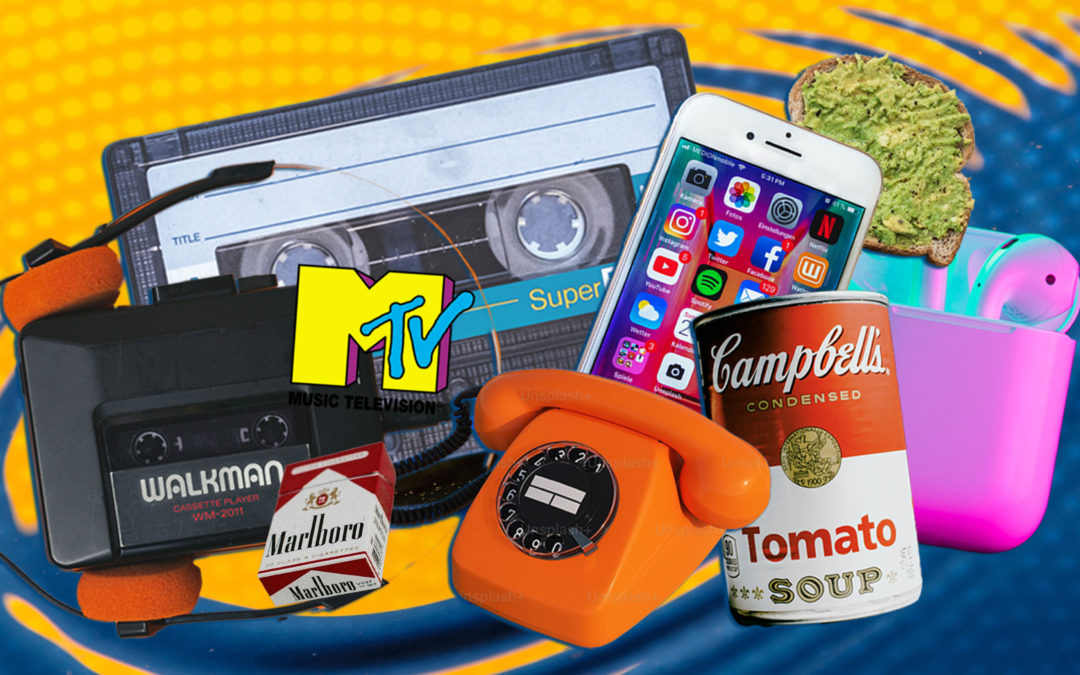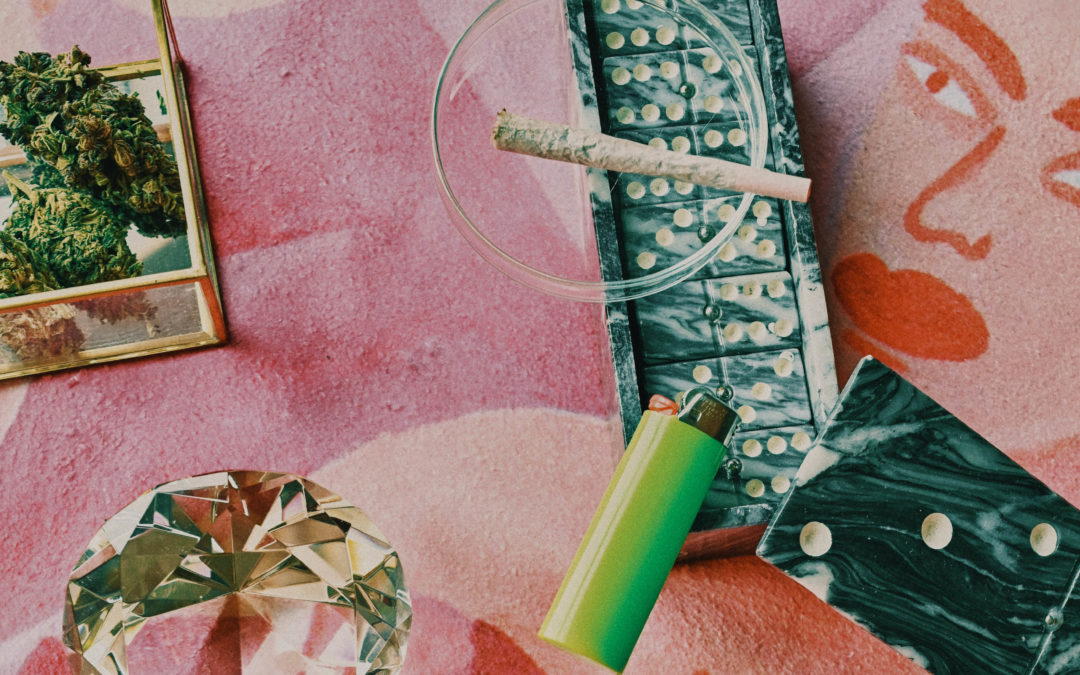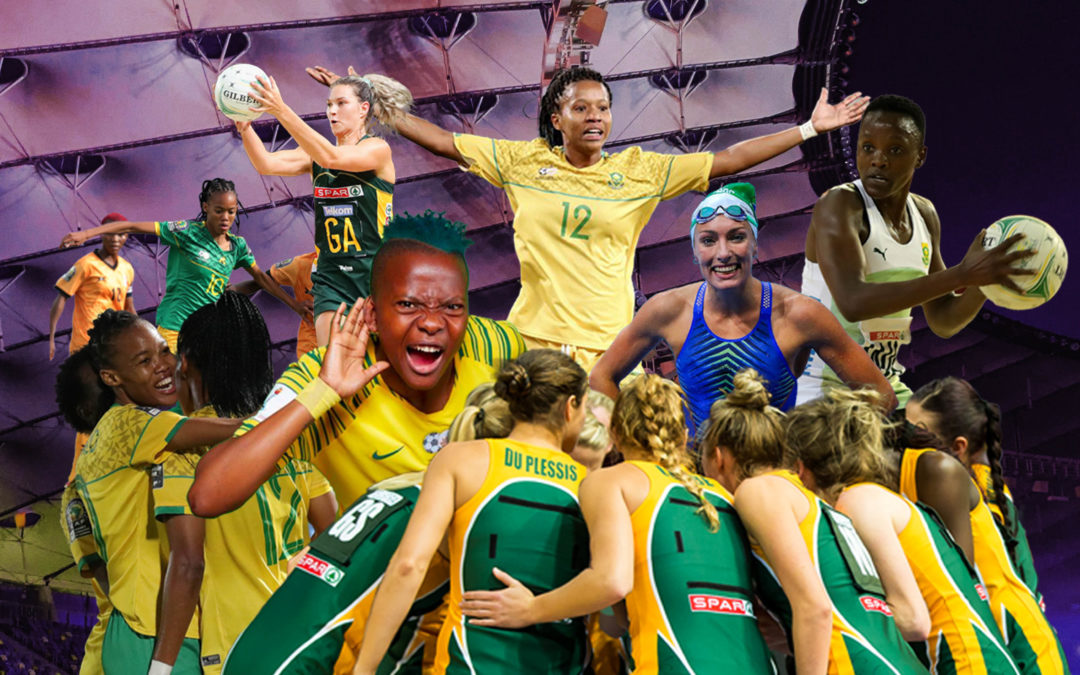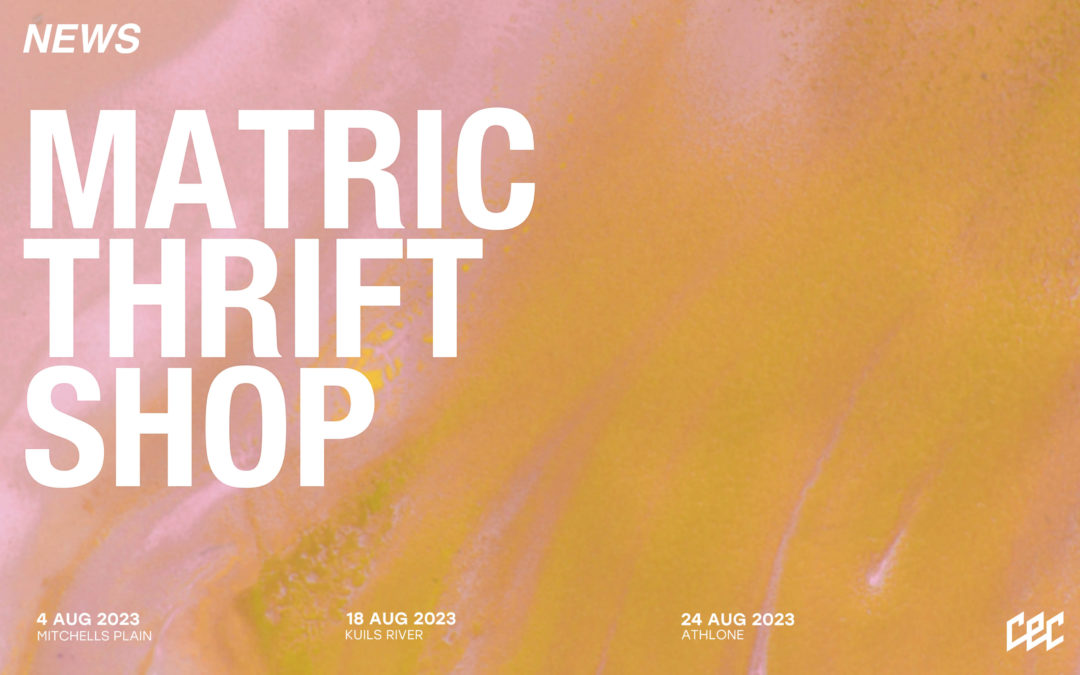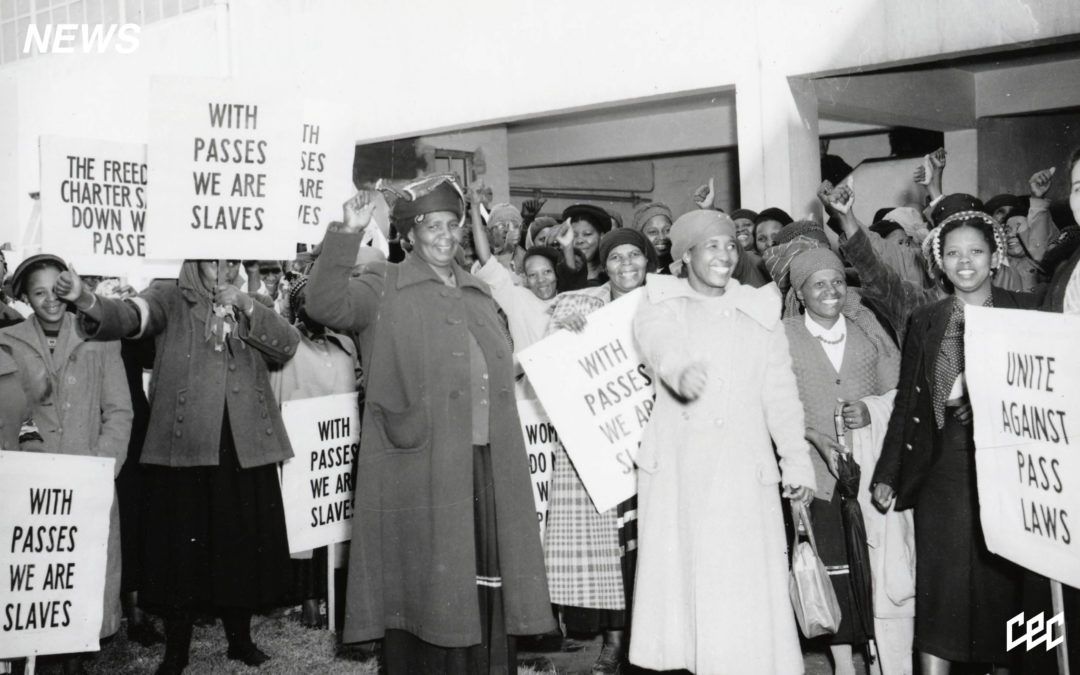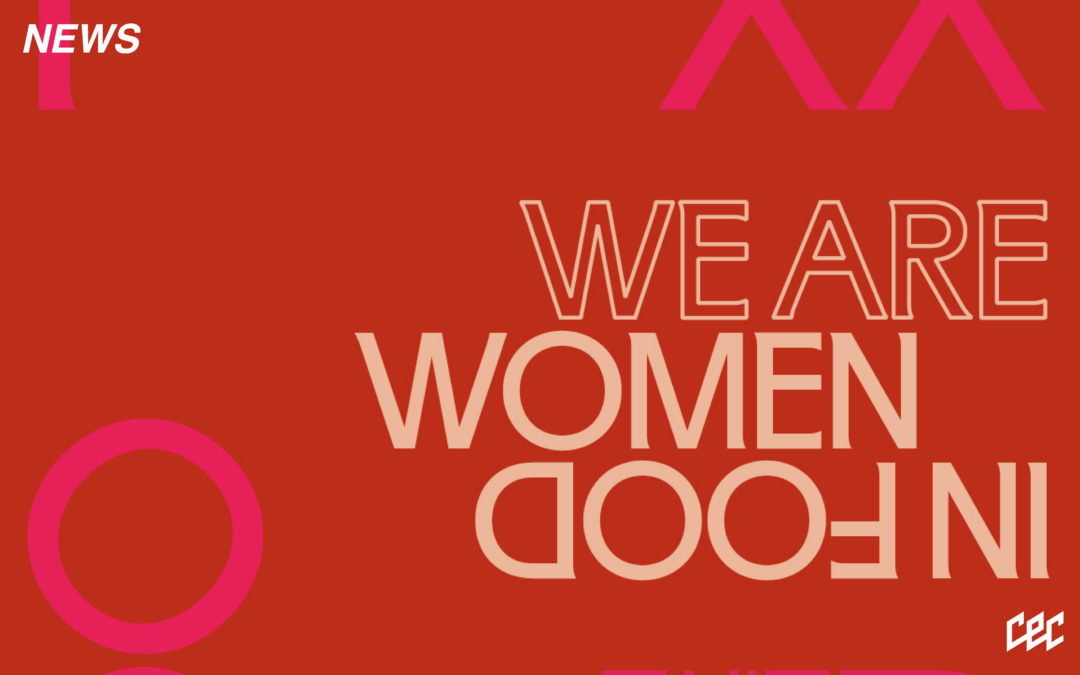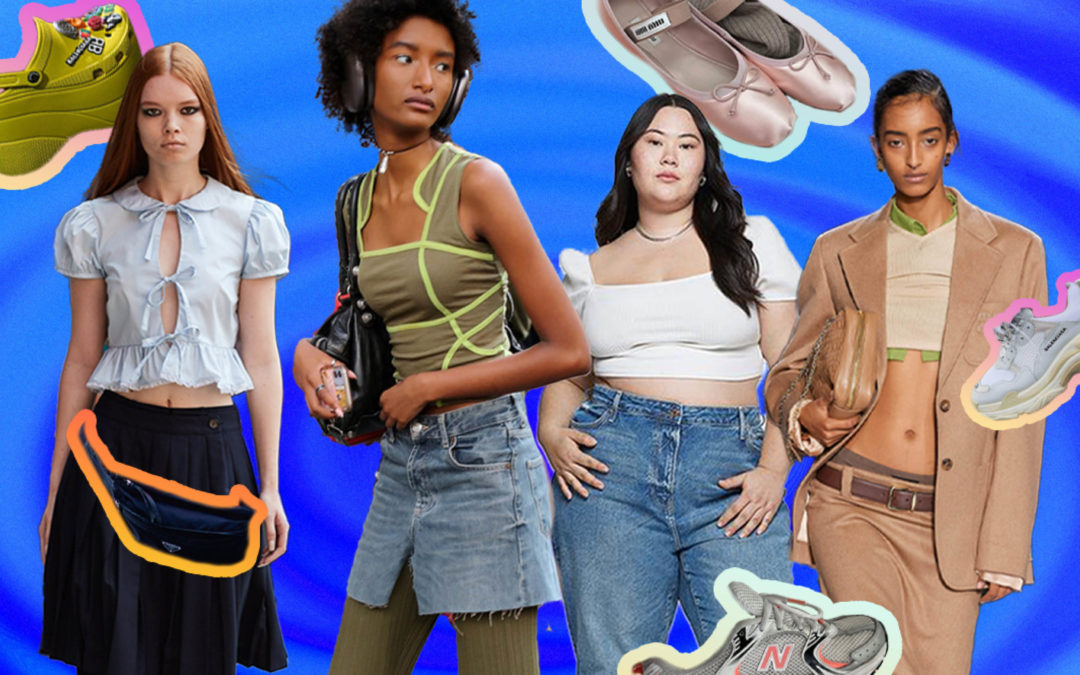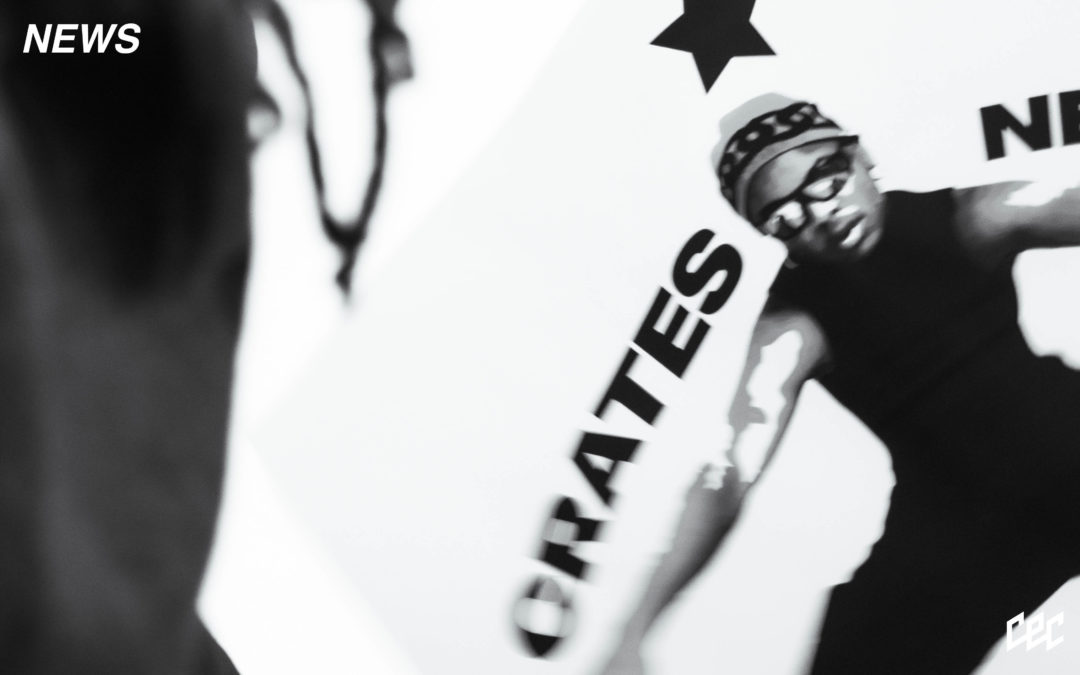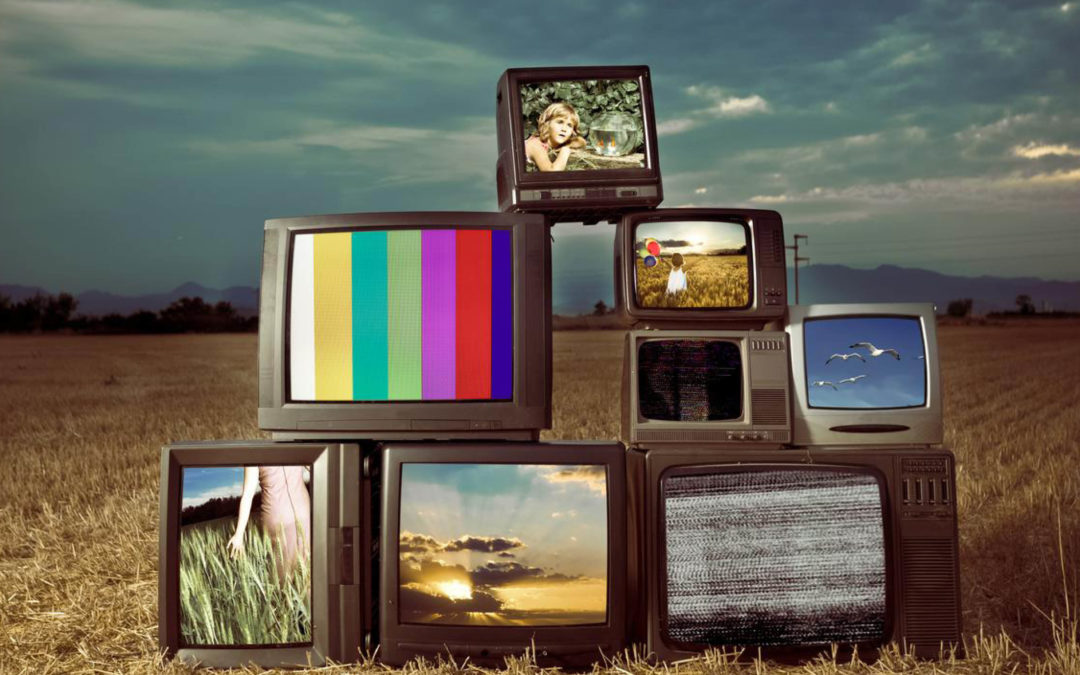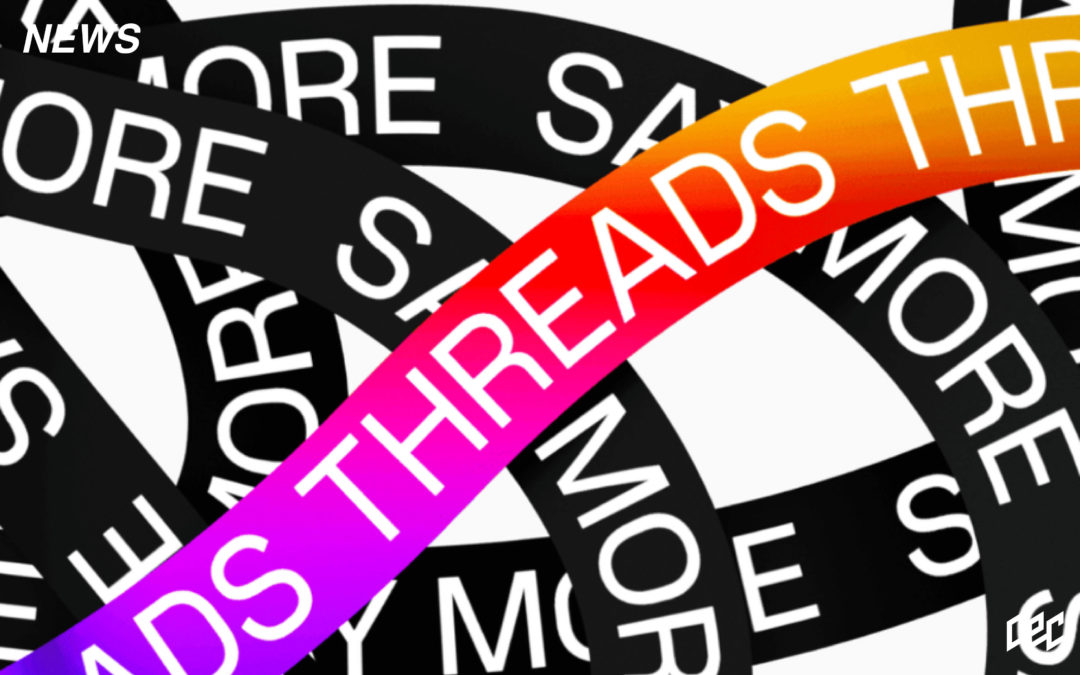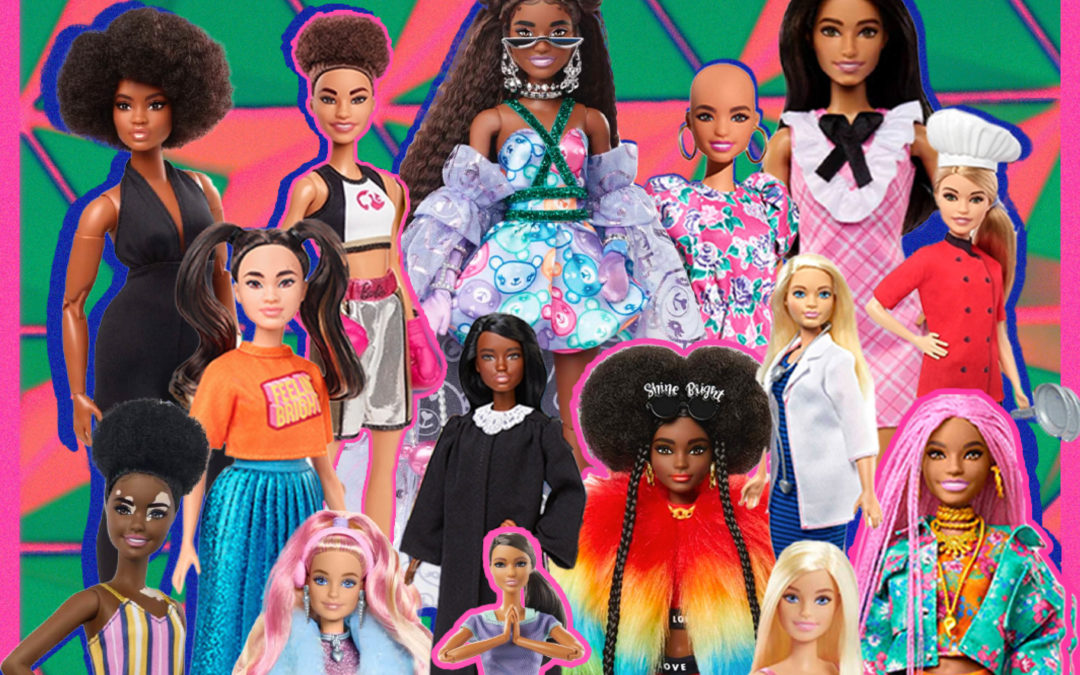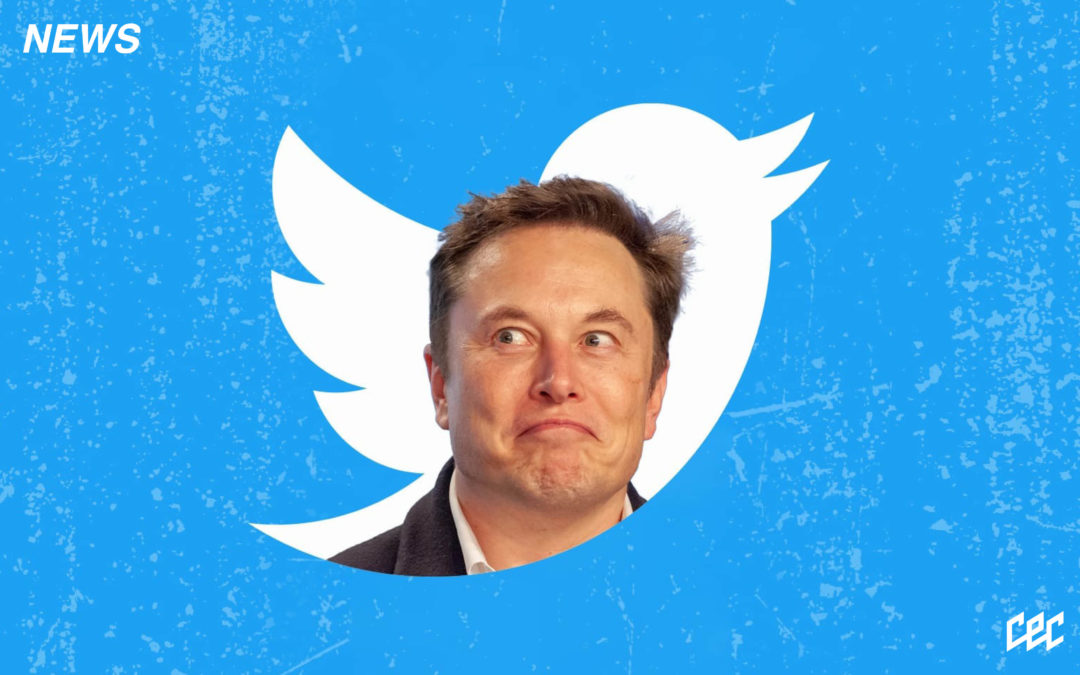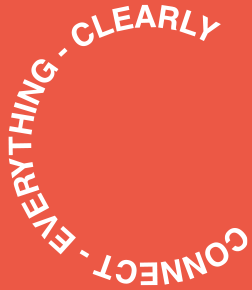It happens like clock-work in the evening – after a long day of work, I try to envision a myriad of ways to detach from being online, to put the ‘screen’ far out of reach and try to be fully present, or fully a person. Convincing myself that I am not enslaved to my phone – that I really live in this world, that maybe I could finish all those books I have begun and discarded – for lack of attention. Yet, every evening, I find myself, at some point, scrolling endlessly through Pinterest, Instagram and TikTok – oscillating and switching between these three apps, drinking in with a bizarre kind of sensory-dehydration; images, reels and videos of who I wish I was, the way I wish that I looked; the moments that I wished I had experienced. As a self-confessed accomplice in the entirely, and eerily new, landscape of social media presence; there is rarely a ‘story’ or a static post (which I only post once every few months, possibly to maintain a sense of ‘nonchalance’ over my grid) that I have not considered.or My overarching thought process when posting, is always to maintain the version of myself that I want others to see – whether subconscious or conscious. Social media, and digitally curated lifestyles, are the perfect veneer between who we want to be, and who we really are. I think the truth is somewhere in between.


I have been thinking a lot about this lately – the role social media plays in my existence, and in all our lives. The way it is shaping the experience of ‘reality’ – which is no longer a fixed, single point maintained in the physical world. Rather, there are multiple, possibly infinite, realities taking place online; and the paradox of this all is the absolute joy that can be found online, and the horror too.
In an incredible piece on Vogue.com by Clementine Pendergast, she analyses the Netflix docudrama The Social Dilemma, saying, “The film argues that social media is highly addictive and manipulatively designed based on what’s called an attention-extraction model to control our behaviour and keep us scrolling and wanting more. In doing so, it exploits our human desire for the connection to and validation of others, giving us a dopamine hit every time we get a like or reply without ever actually fulfilling our deep human needs. This can lead, as the documentary argues, to a whole host of negative emotions, which drive us back to social media for that quick fix. As argued by the film’s protagonist Tristan Harris, a former Google design ethicist and founder of the Centre for Humane Technology, this is a huge danger to our mental well-being—and it is only going to increase due to the lack of regulation in place for these companies.” These words clarify my feelings entirely; the guilt I feel when I ‘come to’ and realise it’s been two hours, and I have just binged intensely at the altar of curated lifestyles; the clothing, styling – the shoes – the meals, or clips of curated dinner parties – even the regenerative homesteaders escaping society; I pour over their chickens laying eggs or pruning their garden; because somewhere, deep inside of me, the beautiful life I have doesn’t quite feel like enough. I could always have more – more of the ‘things’ I want, the wardrobe I need to ‘express myself’ – the experiences or travels, or organising perfectly- there is a niche for every flavour of the void that I have inside of me. This harsh truth is one we must all face; and those who have been in therapy, or recovery, might know it intimately; nothing external can fix or heal our internal state of being. In an age of uncertainty and globalisation, how can it be that we are more connected than ever, yet perhaps more disconnected than ever? Are human beings meant to process information on the grand scale that we are required to, today?


Recently, I heard about ‘BeReal’ a French social media launched in 2020 as a kind of antidote to the problem of curation – I understand its purpose in theory, but I can’t help but think how bizarrely contrived it is to attempt to solve a social media phenomenon with another social media app. We know we are going about relatively normal days and moments – do we need apps to prove this? There’s an app for everything you can imagine – a kind of digital dystopia that our grandparents’ generation could never have fathomed. In and amongst it all, beauty standards and expectations might be more perpetuated today; and yet, there is a sense of openness and choice, too. At one time, not so long ago, the very coded scripting enshrined in magazines and on TV were our only sources of navigation in this world – now, there’s an online niche, on any app, for almost any person or interest. On TikTok; The intersectional discourse girlies fight the fascist / conservative fools – the highly curated luxury girlies are tempered by the ‘dinner party club’ groups – Book-Tok is an incredible community of literary aficionados, and in between it all? Top-tier banter, from all over the world. It’s a smorgåsbord of live, laughter and love – in the most bizarre, insatiable doses.


I’ve started walking in Newlands Forest as often as I can, taking my dog, Frankie, and the experience has elucidated just how normalised social media or digital content is; I had to train myself in the beginning not to have a podcast playing in my ears. That, actually, I can walk among the trees and be immersed in the world that IS – the natural world – and be a part of it. This is something I might have lost a long time ago, the idea that it’s okay to be present; that it’s safe – and it really started with my obsession with Tumblr every afternoon and evening as a teenager after school. Endless images to capture the zeal and angst and vivid colour of being a teenager! Two truths can exist simultaneously; these beautiful worlds of digital moodboards, collages of ‘self’ and designed self-expression, can be both immense sources of creative outlets – and they can also function as far-off and illusionary goals; a state of being we may never reach – our most perfect selves. The way I relate to the world, or perceive myself and others, doesn’t always have to be through a screen; a curated lens, or portrayal of longing that we all engage in. I argue that balance is the only way we might ever integrate the functional and fantastical ease of digital communication, to be complementary to our lives.
Social media facilitates our need for connection, and offers endless information and inspiration – TikTok has proved to be the funniest, most ‘meta’ experience I’ve had outside of doing psychedelics – a reminder that we are just human beings, weirdly situated on a planet with no real certainty of anything, but that we are all here together. Reminding myself that my value and future doesn’t depend on any mood-board or pinned pair of Margiela Tabis – a girl can dream, and we as humans will always dream, no matter the format. Currently these dreams seem to take root as pixels, first.
Written By Holly Bell Beaton
For more news, visit the Connect Everything Collective homepage www.ceconline.co.za

